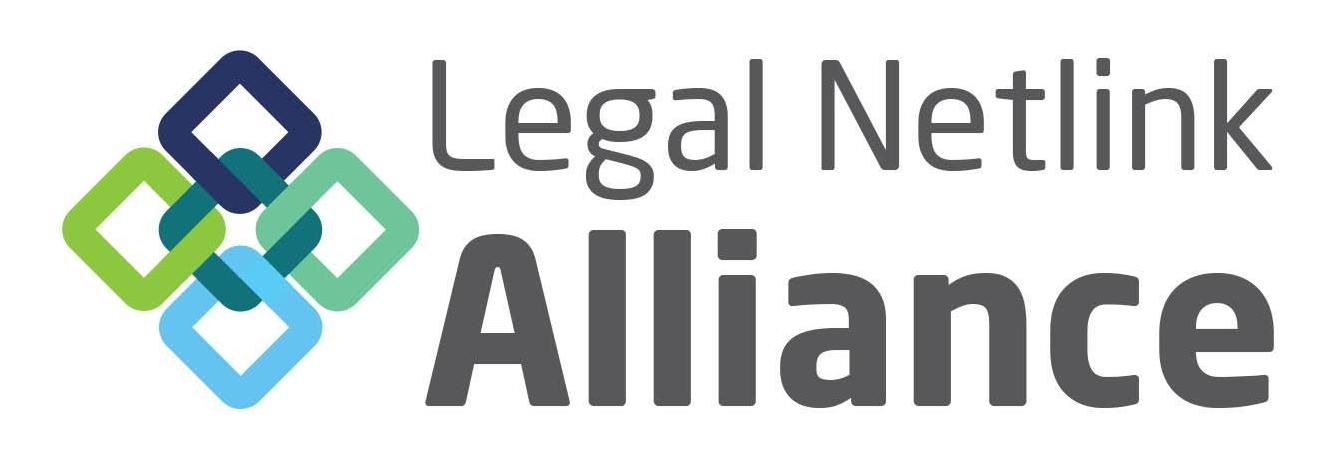It’s hard to avoid the topic of Artificial Intelligence (AI) as it becomes a more prevalent part of our personal and business lives and it’s essential to recognize its implications in the workplace. Employers are leveraging AI to streamline their hiring processes and evaluate employee performance. While they are still determining how to fully implement AI into their offices, it’s important to be mindful that an employer’s use of AI must still comply with existing employment laws, including:
- Title VII of the Civil Rights Act of 1964
- The Age Discrimination in Employment Act
- The Americans with Disabilities Act
- State and local laws that similarly outlaw discrimination
One area of concern for potential employer liability is the use of AI in developing hiring processes or algorithms for making hiring decisions. Employers may incur liability for discrimination if they utilize hiring procedures that disproportionately disadvantage a protected class (race, gender, age, disability status, etc.). Generative AI, while seemingly neutral, could inadvertently create criteria that may disproportionately affect individuals based on their protected characteristics, a concept known as “disparate impact.”
The U.S. Equal Employment Opportunity Commission (EEOC) has already issued guidance addressing AI in employment and its potential for disparate impact discrimination. The EEOC guidelines state that employers could face liability for disparate impact discrimination if their use of AI-based algorithmic decision-making tools results in discrimination. The EEOC notes that employers should audit any software they are using to ensure they are not functioning to disadvantage a group of applicants or employees. In the event there is a disparate impact, employers must demonstrate that using the tool is “job-related and consistent with business necessity.” Additionally, even if employers are using an algorithmic decision-making tool developed by a third-party software company or vendor, employers may still be held liable for discriminatory outcomes.
The EEOC recommends reviewing the selection rate of applicants or candidates to assess potential discriminatory impact. The selection rate for a group of applicants or candidates is calculated by dividing the number of individuals hired, promoted, or otherwise selected from the group by the total number of candidates in that group. Employers are advised that the “four-fifths rule,” which suggests that a selection rate for one group is substantially different than another if their ration is less than four-fifths (80%), serves as a useful guideline for assessing whether an AI tool may have a discriminatory impact.
Undoubtedly, we can expect additional guidance from the EEOC as AI continues to permeate the workplace. For inquiries regarding AI's implications in your business, contact the Labor and Employment attorneys at Mansour Gavin.



